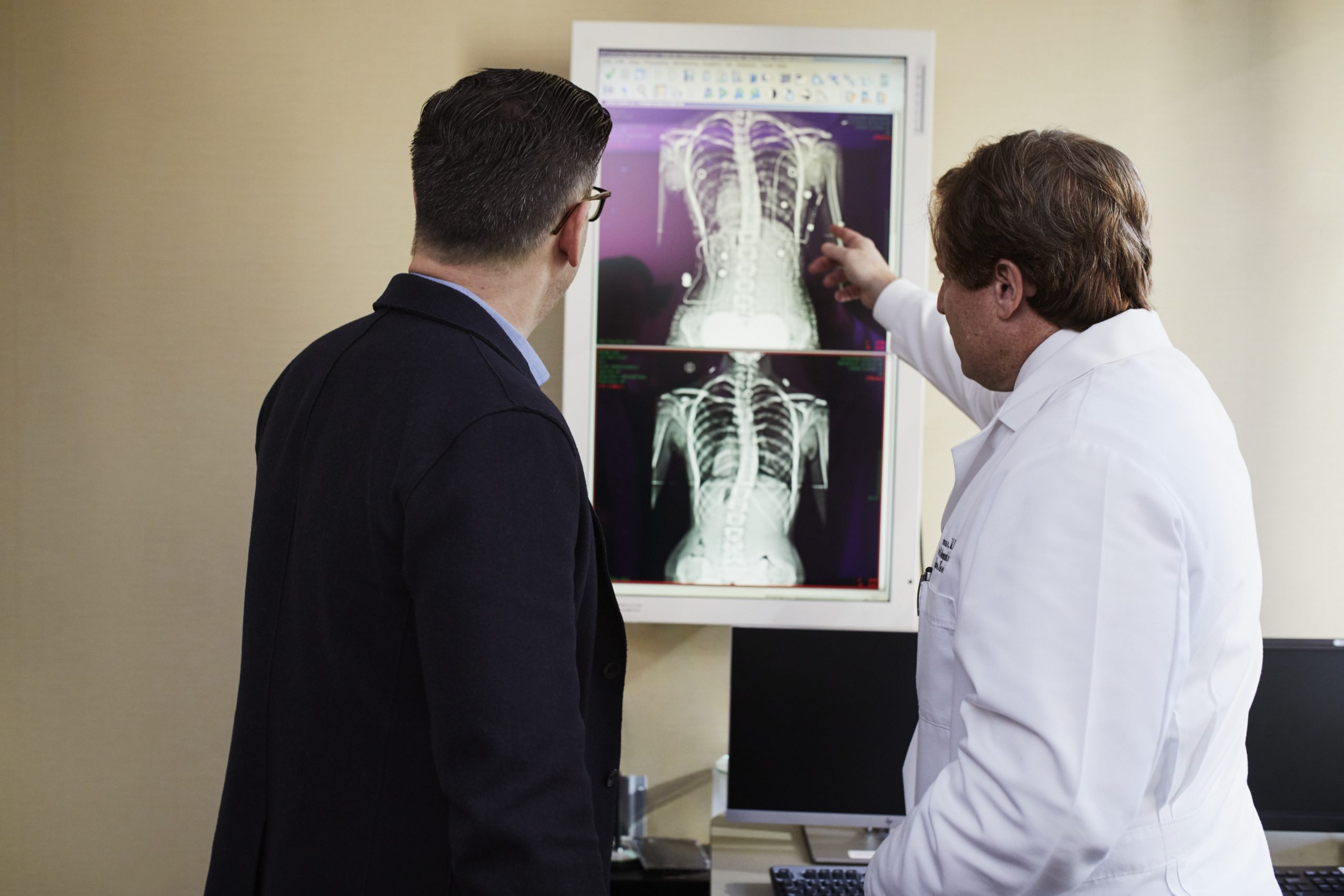If you don’t like going to the doctor, you aren’t alone. Unfortunately, there are times when you really shouldn’t wait before you see your doctor. Difficulty breathing, persistent irregular heartbeats, and chronic pain or swelling are serious symptoms that shouldn’t be ignored.
But if you only have mild symptoms or suspect you might have a food sensitivity… it might be a better idea to wait. After all, not every little thing is a true medical emergency!
And the first thing your doctor is going to do—aside from checking your blood pressure and maybe ordering a blood test—is ask about your diet.
You’re likely to get more bang for your medical buck if you already have that information ready to go. Otherwise, your doctor will likely send you home with instructions to examine your diet and come back in a few weeks.
Of course, it helps to know what you’re looking for. It will vary from symptom to symptom, but there are a few foundational things you should have a record of before you rush to see your doctor.
And who knows? If, in the process of examining your diet, you find some ways to eat healthier… and then those healthy changes benefit your health… you might not need to go to the doctor for that one little thing after all.
So, if you’re ready to take a good look at your diet, here are a few tips to get you started:
Track What You Eat
This one is a bit obvious, but hear me out.
If you’re having any stomach or heart problems, your doctor is going to ask about the way you eat. And if you have a basic food log ready for them to look over, they can move on to the next phase of your treatment without waiting.
And you really don’t need a fancy food log. A basic log that notes what foods you ate for which meals (and rough portion sizes, if you feel up for that) is more than enough for your doctor to go on.
The log can be in a notebook, or you can use a food tracking app on your phone. If you go with an app, you might even find one that combines your food log with a water or fitness tracker for added benefit!
Identify Your Trouble Spots
Keeping a food log is only the first step, though it is a good one. Once you’ve got about a week of entries in your log, go through it with a colored pencil or highlighter and find all of the processed or high-sugar foods.
Most people—myself included—are surprised by how many they find.
There are other things you’ll need to take note of at some point, but I recommend starting with sugar because it’s hidden in so many foods. And despite the long-standing grudge against salt for those with high blood pressure, it’s now known that sugar is much worse if you have high blood pressure.
In fact, there are blood pressure lowering diets you can use to lower your blood pressure simply by changing your eating habits.
For nearly any health issue, if you eat a lot of processed foods, pre-made sauces, or sweet treats, you’ll want to cut back. Just don’t fall into the sugar-free trap. That has its own problems!
Identifying foods that negatively affect your blood pressure, cholesterol, or blood sugar puts a lot of power directly into your hands. Rather than relying solely on a prescription, you can change the way you eat and have control over how you’re handling the condition on your own.
For some people, this is enough to completely solve the problem, especially those that have a blood pressure monitor at home.
You’ll also want to go through and note the days when you didn’t eat any fruits or vegetables. And, no, fruit-flavored anything doesn’t count!

You need to eat whole fruits and vegetables to ensure that you’re getting enough nutrients and fiber in your diet. And if you suspect you might have a blood sugar or digestive issue, this is even more important.
Fiber helps lower blood sugar levels while aiding your digestive system. It keeps things moving along so your body can absorb the nutrients it needs without taking in too much extra sugar and packing it away as fat.
And, as an added bonus, fiber helps you feel fuller for longer, too.
Unfortunately, most of us don’t get enough of it, and your doctor will almost certainly suggest increasing your fruit and vegetable intake. So beat the suggestion and start now!
With a little luck, you might find that your symptoms disappear entirely, and you won’t need to rush to the doctor at all.
Note Allergy Symptoms
Food allergies are more common than most people think.
If you frequently suffer from an upset stomach or a rushed trip to the bathroom, you might be eating something you’re allergic too. Food allergies can also cause rashes, difficulty breathing or swallowing, headaches, fatigue, gas, and bloating.

If you’re planning a trip to the doctor with any of these symptoms in mind, check your food tracker first. Use the same tracker to note any symptoms you experience.
Over time, you’ll notice if one food pops up on your menu before you start having symptoms. And, since food allergy tests are still relatively weak, you might just find your own diagnosis without having to go in at all!
Once you think you’ve identified the food you’re sensitive to, cut it from your diet. If you suspect it’s something like an artificial sweetener or gluten, be sure and check the ingredients lists of your food very carefully. Gluten is especially common and is listed under many different names.
If the symptoms stop when you cut the suspected allergen out of your diet, you’ve solved the problem. You’ll have to avoid the food for a week or more to be on the safe side. But after that, you’ll know if you’re allergic or not.
Should the symptoms persist, you can go back to your tracker and see if another food might be at fault. Just be sure you only cut one food at a time so you know which food is the actual trigger.
And if you still experience symptoms after that, then it is time to go to the doctor.
It should be noted that this only applies to mild symptoms. If you’re physically ill after eating or struggle to breathe, please seek medical help. Those are very serious symptoms, and you do not want to risk a severe or fatal reaction.
The Takeaway
If you have a serious or chronic issue, you need to see a doctor. But if your symptoms are mild, your diet is going to be the first thing you’re asked to change.
Making the changes for yourself—before someone charges you for the advice—is a good way to avoid extra medical bills and get yourself one step ahead in your treatment.
You’ll see the best results if you’re honest with yourself and listen to your body. After all, the food logs and the dietary changes are about your health. Nothing more and nothing less.
So be kind to yourself and be honest. You’ll get better, faster results and thank yourself later!

